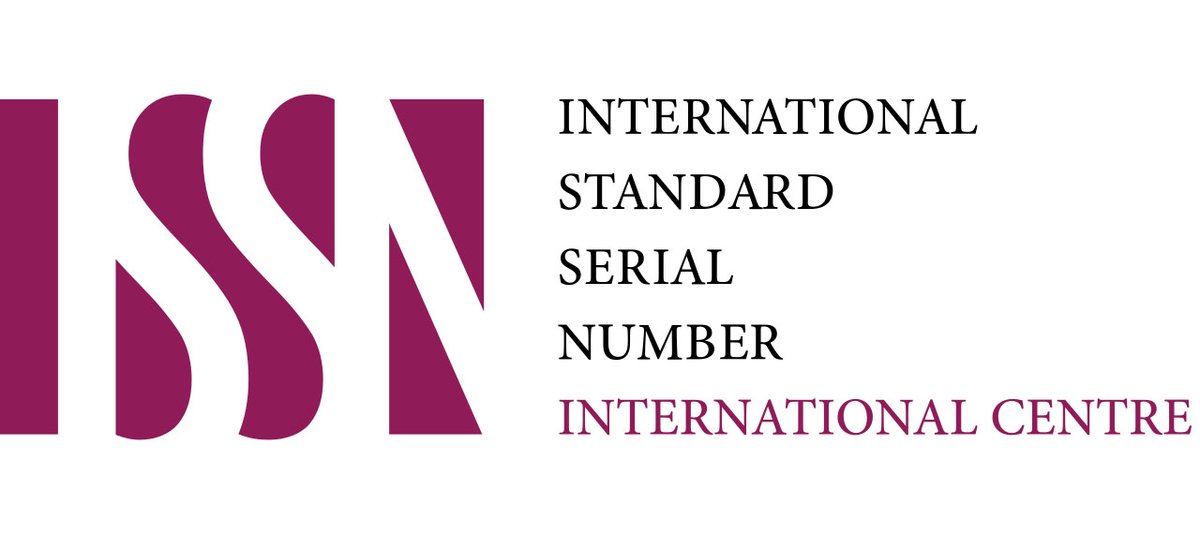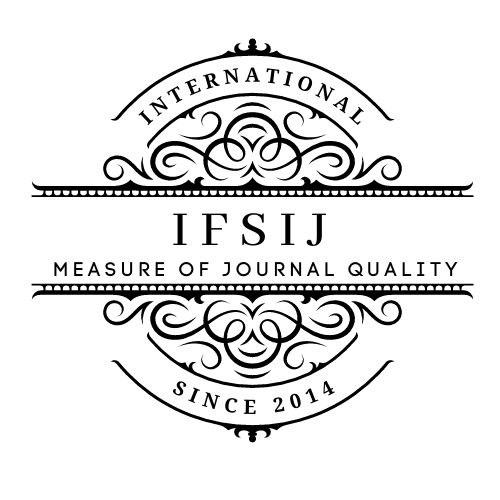EFFECTIVENESS OF AUDITORY MEASURES FOR DETECTING HIDDEN HEARING LOSS AND COCHLEAR SYNAPTOPATHY: A SYSTEMATIC REVIEW
Keywords:
Hidden hearing loss, cochlear synaptopathy, King–Kopetzky syndrome, assessment.Abstract
Standard audiometric tests aren't sensitive enough to detect hidden hearing loss (HHL) or cochlear synaptopathy (CS). People with these conditions often struggle to understand speech in noisy environments or report symptoms like tinnitus. This systematic review aimed to identify peer-reviewed studies that evaluated the effectiveness of various audiological measures for detecting HHL and/or CS, with the potential to be included in clinical testing for these conditions. A reference librarian conducted a search using specific boolean terms in MEDLINE, Embase, and Web of Science. The authors followed a consensus approach, using custom score sheets to select titles, abstracts, and full articles for inclusion in the review, as well as to assess the quality of the studies. Fifteen studies were included in the review. Seven focused on humans, seven on animals, and one study involved both. The findings revealed several audiological measures used to assess HHL and/or CS, including pure-tone audiometry up to 20 kHz, otoacoustic emissions, electrocochleography, auditory brainstem response (ABR), electrophysiological tests, speech recognition in noise (with and without temporal distortion), interviews, and self-reported questionnaires. For detecting HHL, ultrahigh-frequency audiometry could help identify individuals with sensory hair cell loss that might not show up on standard audiograms. Promising non-behavioral tests for CS included the ABR wave I amplitude, the summating potential-to-action potential ratio, and speech recognition in noise with and without temporal distortion. Additionally, self-report questionnaires might aid in identifying auditory dysfunction in individuals with normal hearing.
Downloads
Published
Issue
Section
License

This work is licensed under a Creative Commons Attribution-NonCommercial-NoDerivatives 4.0 International License.















